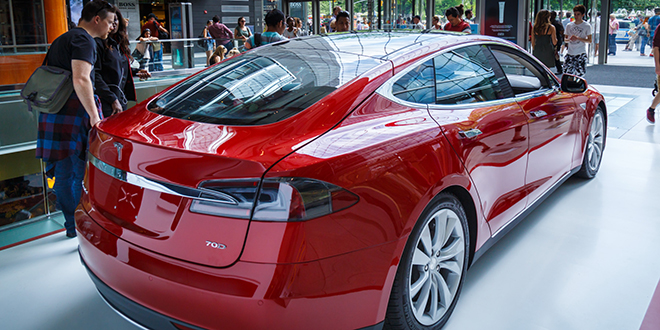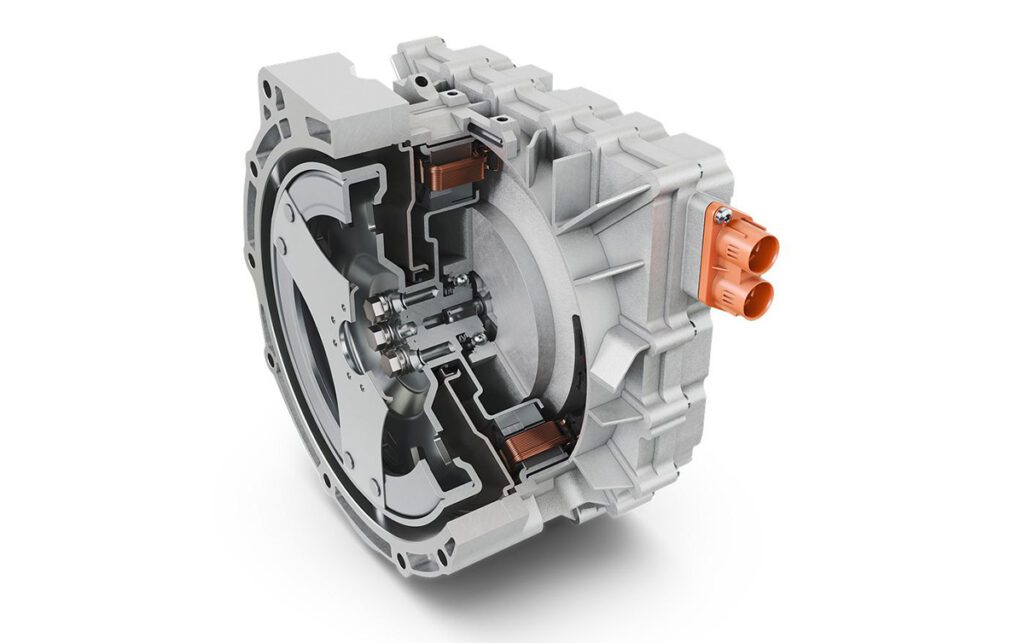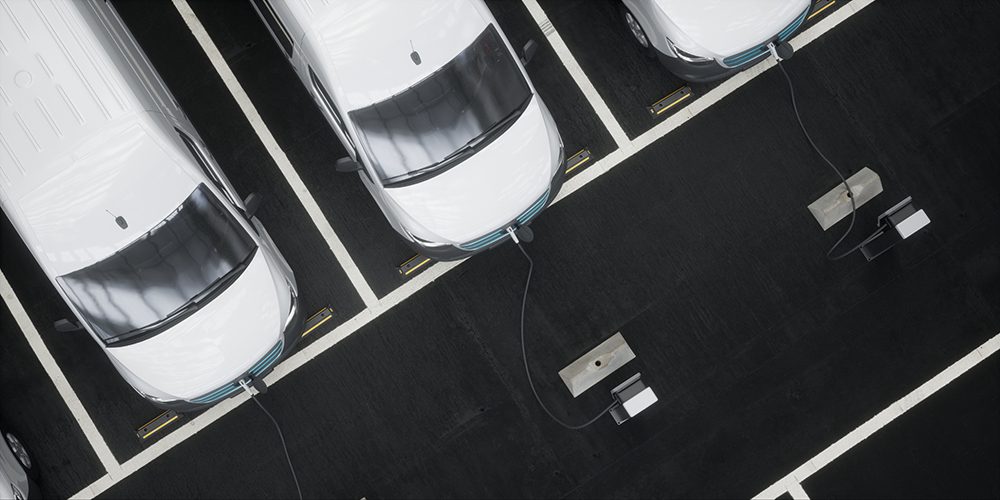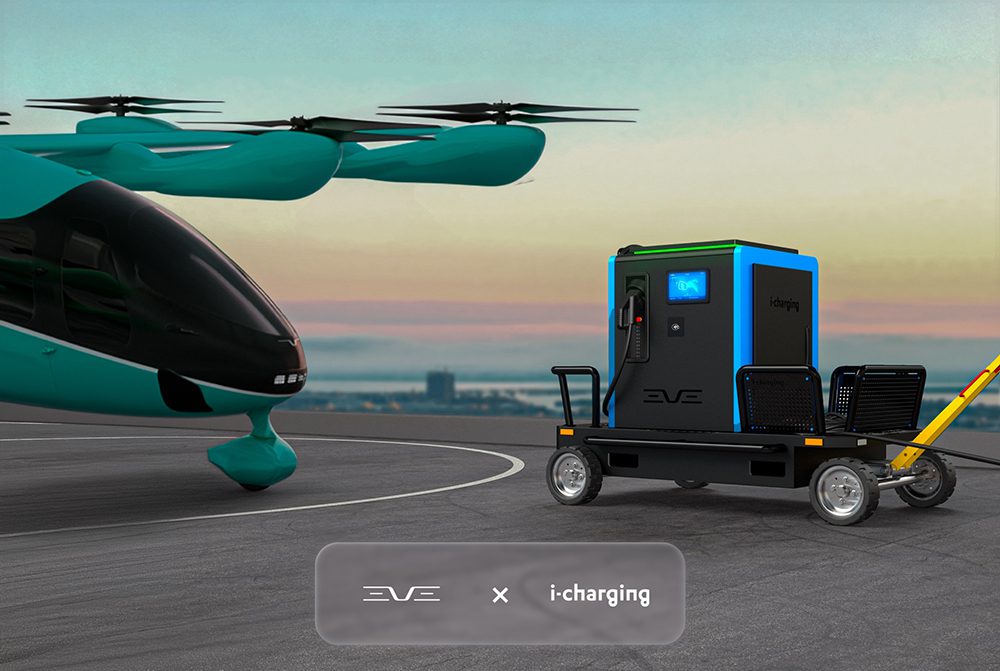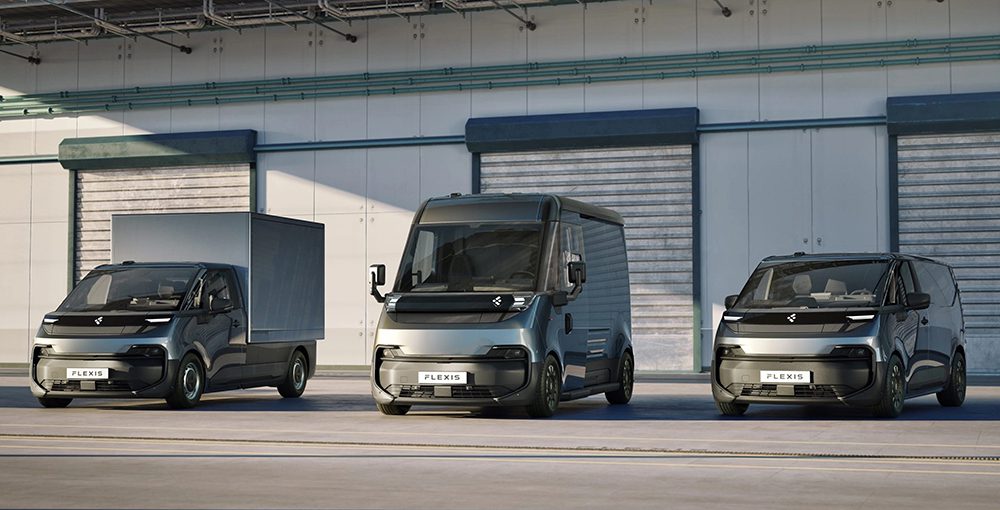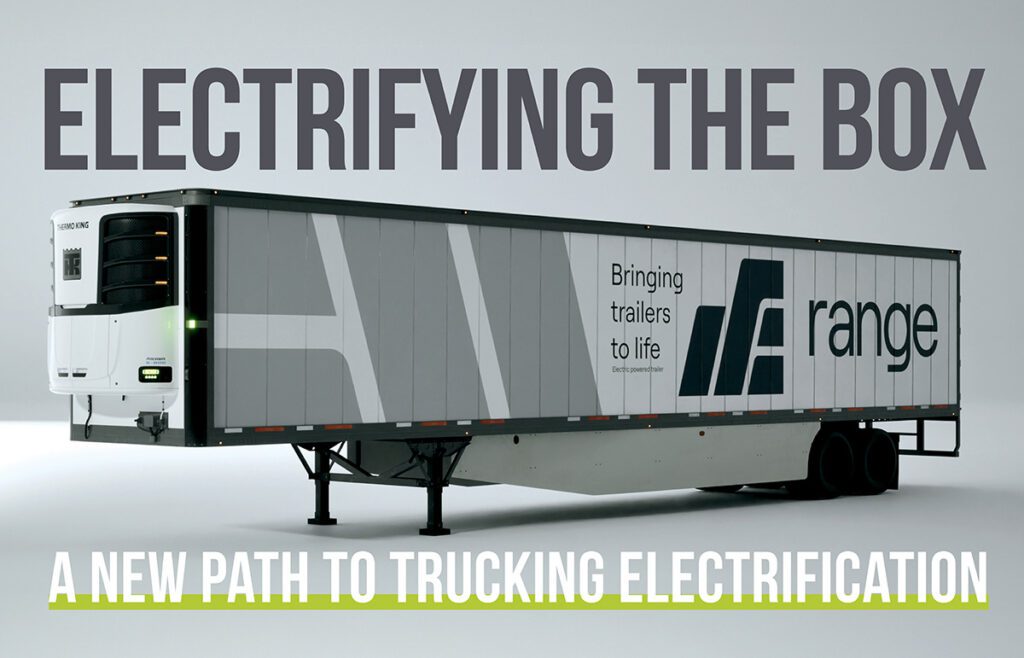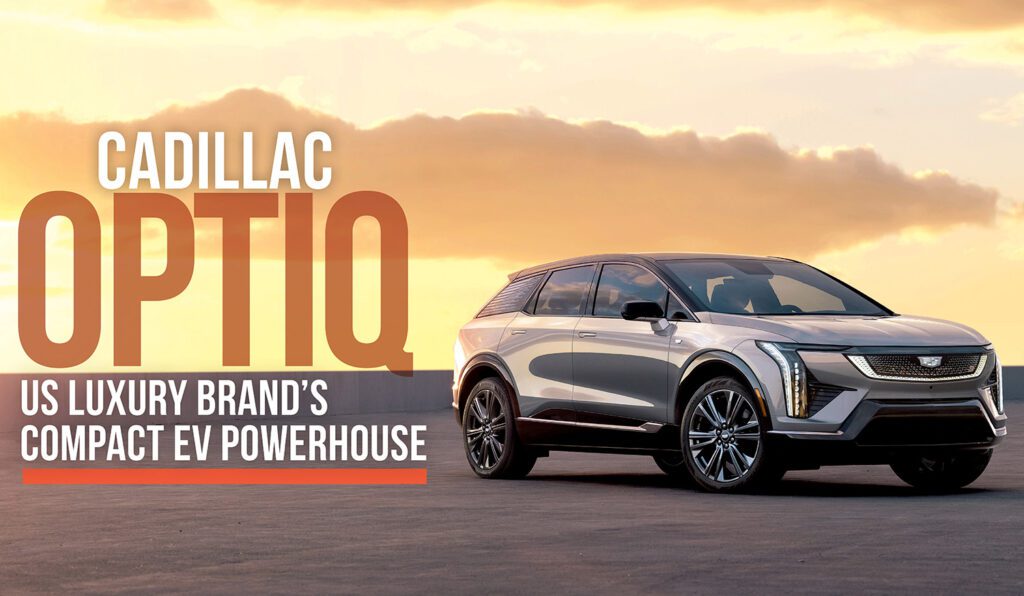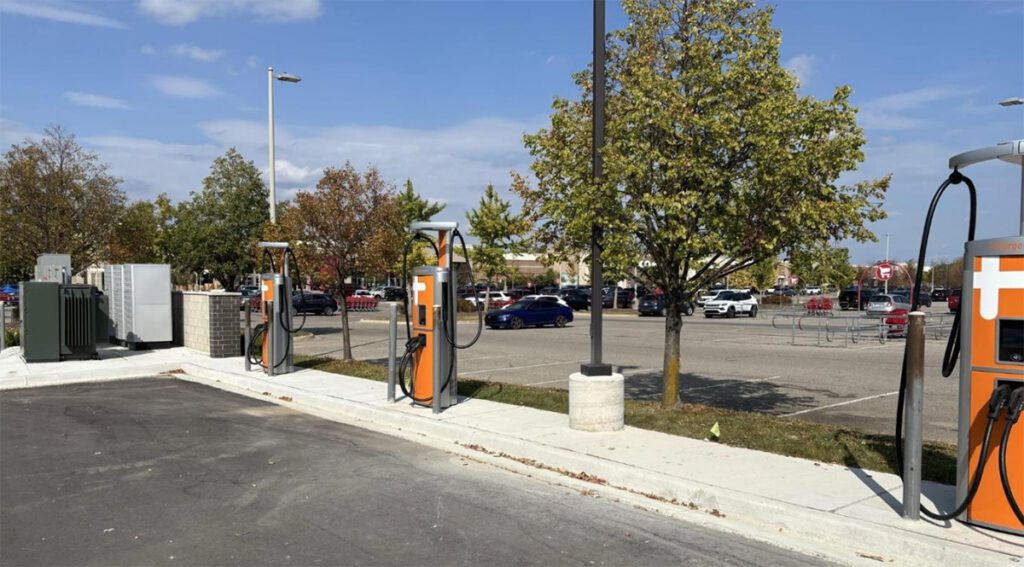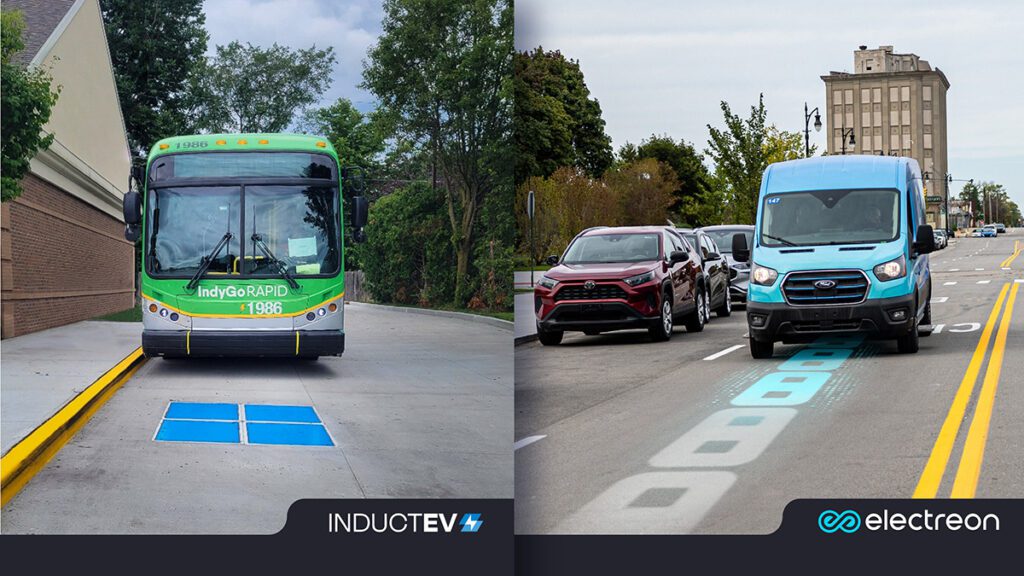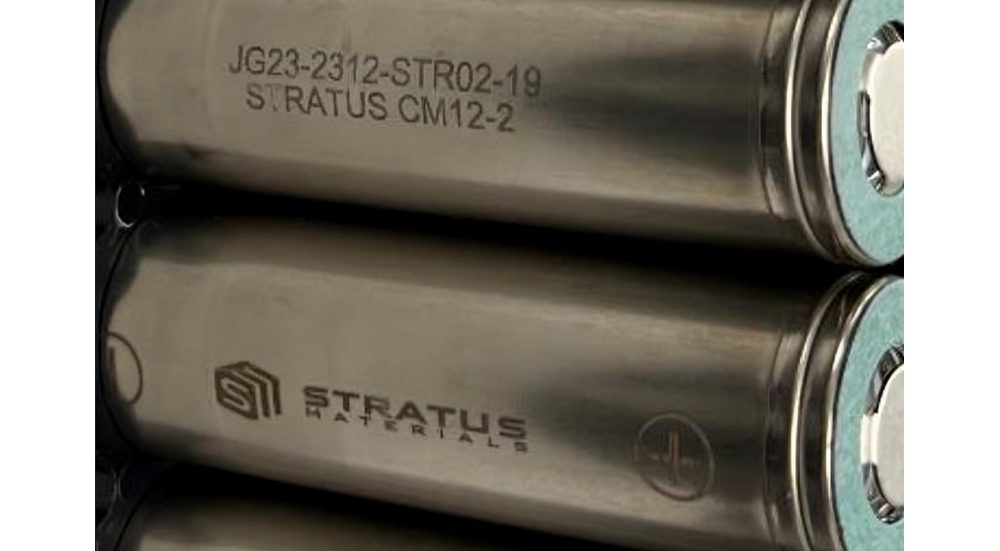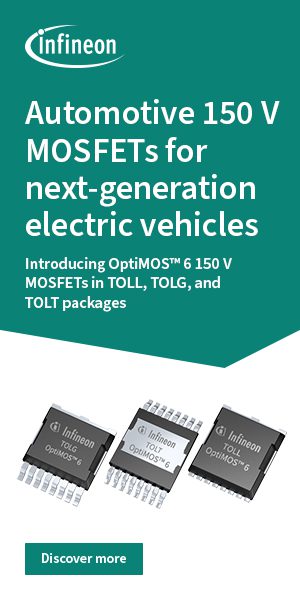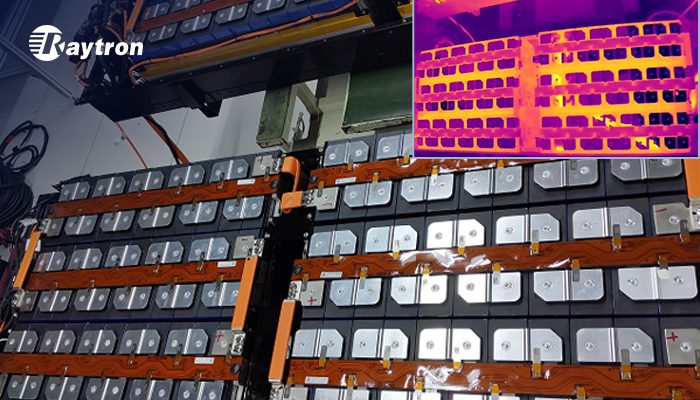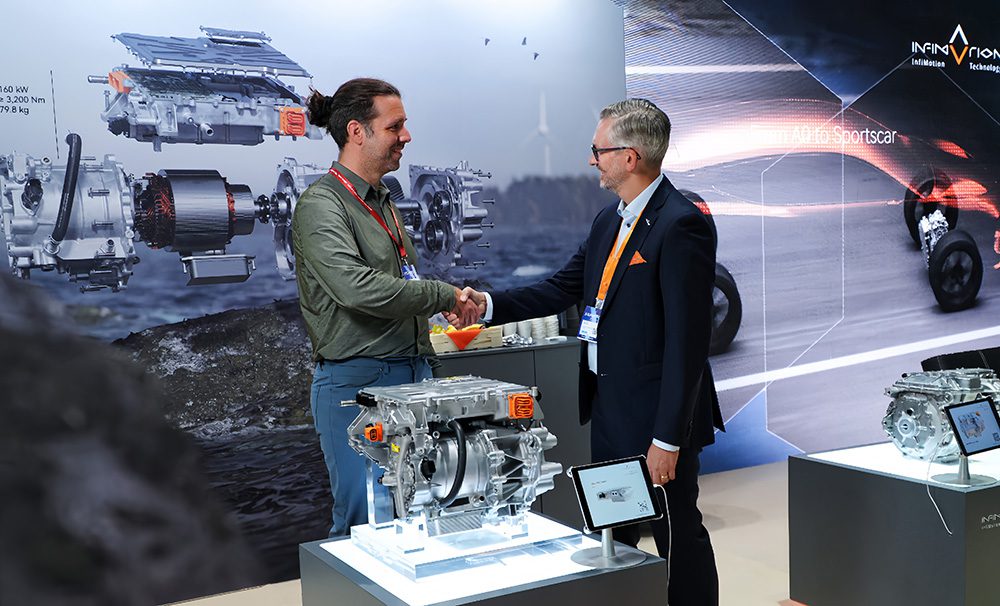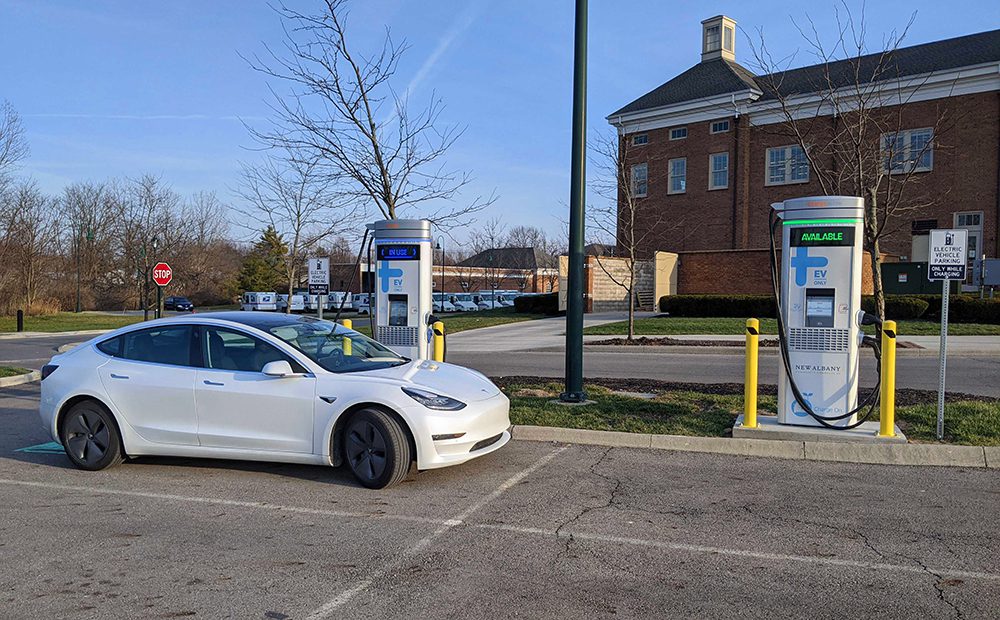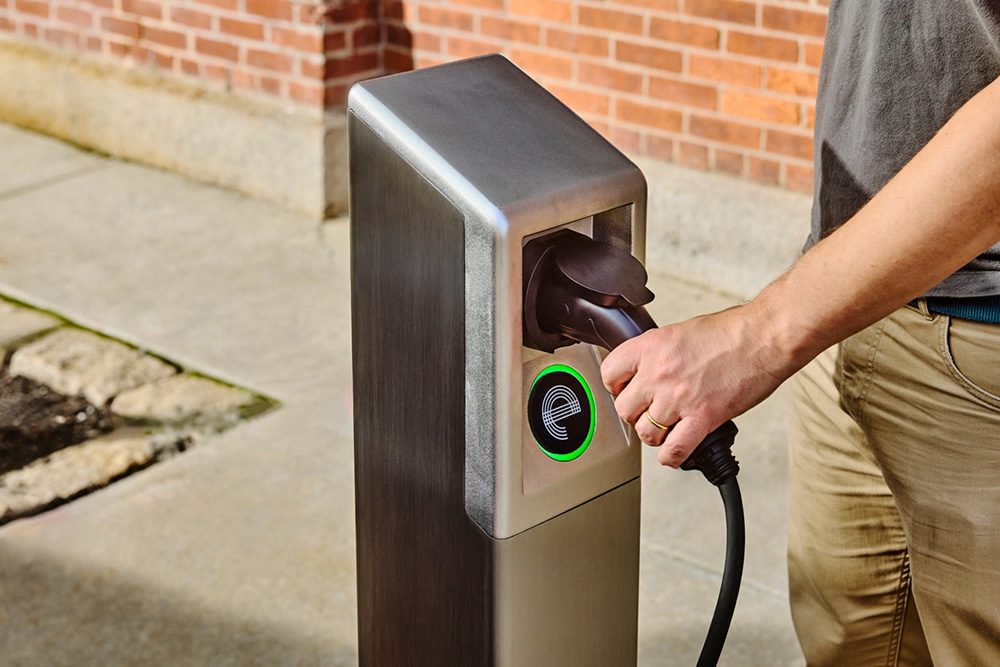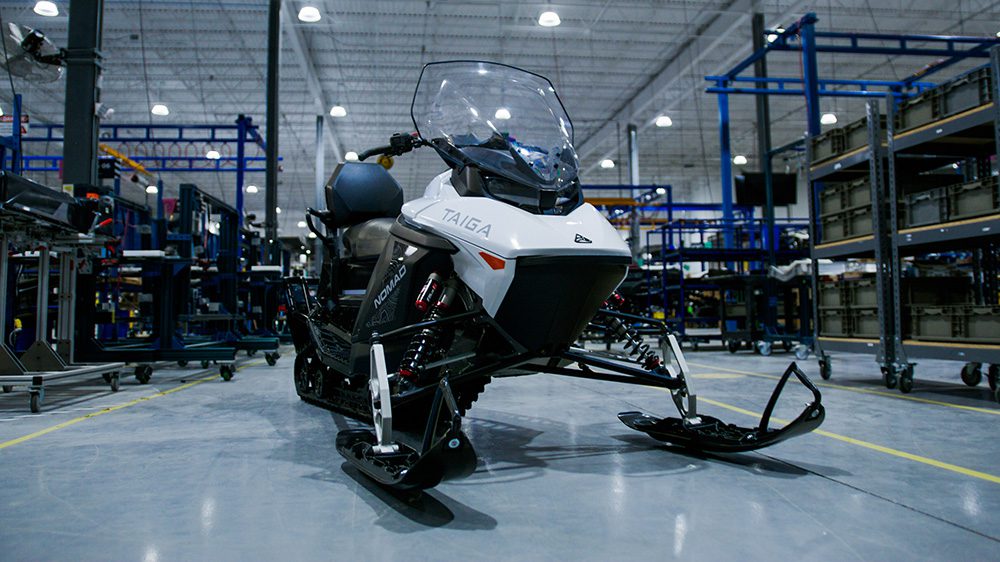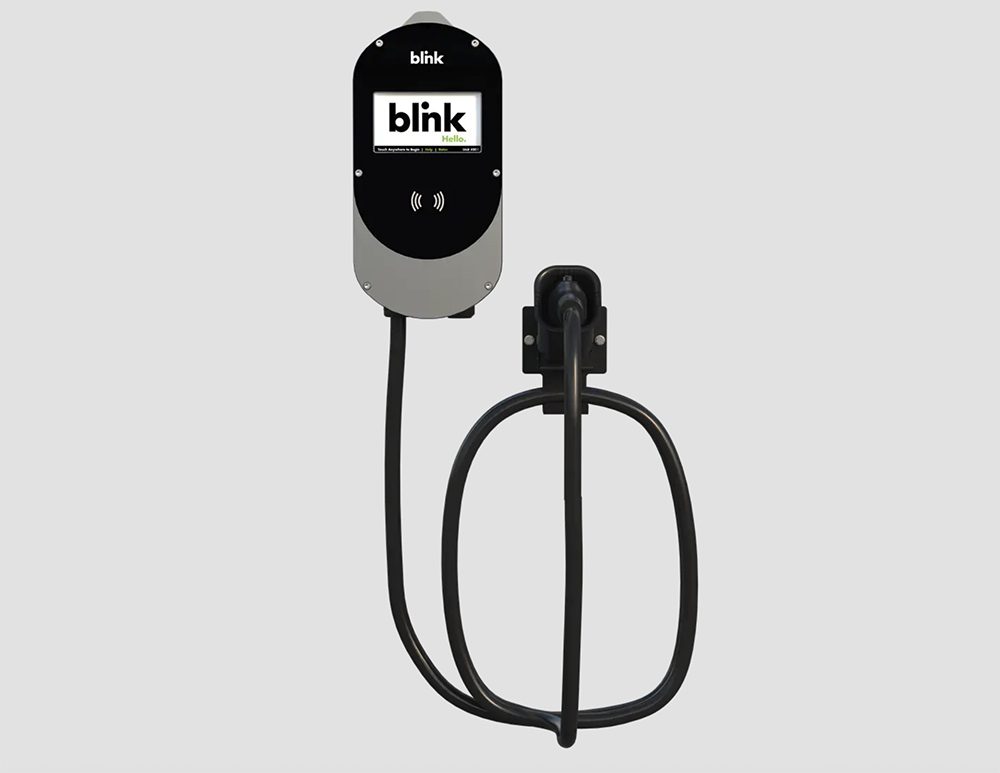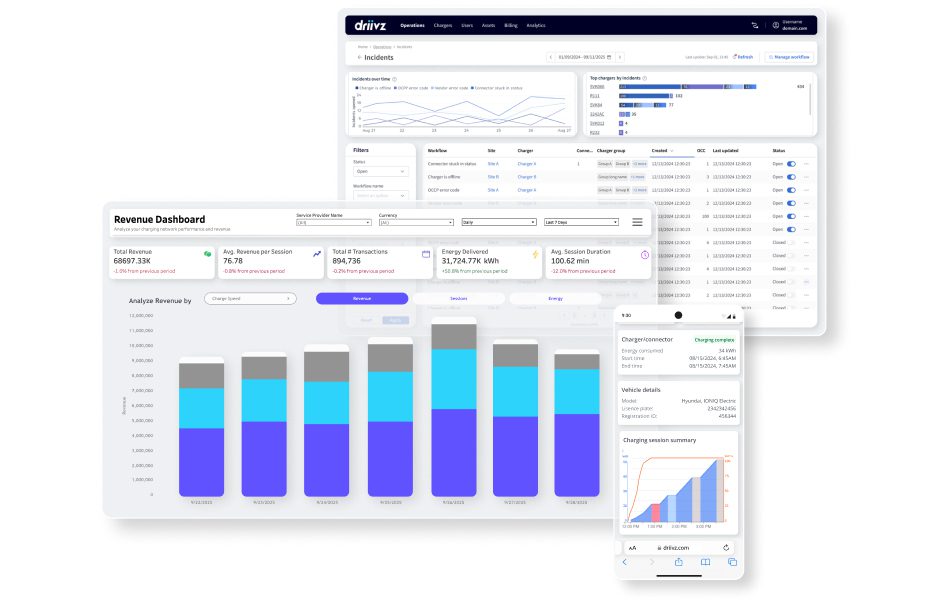California’s ZEV mandate, which will require 15 percent of cars sold in the state to be zero-emission vehicles (ZEVs) by 2025, will soon be expanded to include medium-size OEMs such as Mitsubishi and Volvo, which naturally have some helpful ideas as to how the rules could be watered down.
At a May hearing, automakers and regulators seemed to reach a compromise: automakers with less than $40 billion in annual global revenue must comply with the mandate, but will have the option to sell PHEVs to earn credits toward compliance, and will not be required to develop all-electric or fuel cell cars. Everybody’s happy…except for a certain company that makes only EVs.
“The mandate is already far too weak,” said Tesla VP Diarmuid O’Connell. “I don’t think it was ever conceived that a pure-play electric car company like Tesla could exist, let alone thrive, but we have. The inconvenient truth is that our success has revealed the weakness of the mandate.”
At the May California Air Resources Board hearing in Sacramento, Tesla representatives spoke out against the proposed change, and rejected the smaller automakers’ argument that they wouldn’t be able to compete with giants such as Ford, GM and Nissan in the EV market.
Those companies have “access to the same financial markets that enabled Tesla to raise all of the funding it needed to launch electric vehicles,” Ken Morgan, Tesla’s Director of Business Development and Government Affairs, testified at the hearing.
Morgan said that too many ZEV credits have been made available – so many that all automakers could be in compliance until 2022 without changing their existing product mix at all. If that turns out to be the case, according to Morgan, California could have only 600,000 EVs on the streets in 2025, far short of Governor Jerry Brown’s goal of 1.5 million.
Naturally, the other automakers did not accept this analysis of the situation. “No one agrees that there is a surplus of credits,” said an unnamed executive quoted by Automotive News. “All [Tesla] cares about is protecting their market to sell credits.”
It’s true that Tesla has earned some substantial cash from sales of ZEV credits – $152 million in revenue in 2014. However, that represents only five percent of the company’s total revenue, as O’Connell told Automotive News. “Credit revenue used to move the needle at Tesla. It doesn’t anymore, and it hasn’t for some time. What is a strategic driver of the company is to put as many EVs on the road as possible, whether they’re ours or whether they’re produced by other manufacturers.”
The final decision will be taken during a midterm review next year. Believe it or not, Tesla is the largest auto-industry employer in California, so its views are sure to be heard loud and clear in Sacramento.
“I don’t think California is going to roll back the standards,” said Simon Mui of the Natural Resources Defense Council. “Now that we have leaders within the industry with a competitive advantage in EVs, it’s a very different game than it was 10 years ago.”
“We know that the facts support us, and we’ve got a pretty big megaphone,” O’Connell said. “As long as we stay credible, people will pay attention.”
Source: Automotive News
Image: John Gillespie (CC-BY-SA-2.0)







